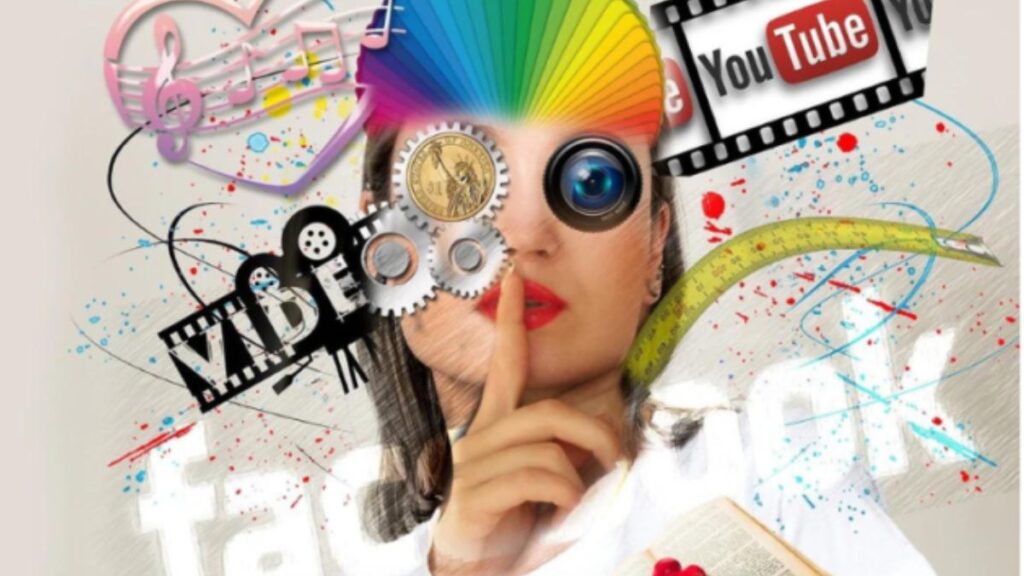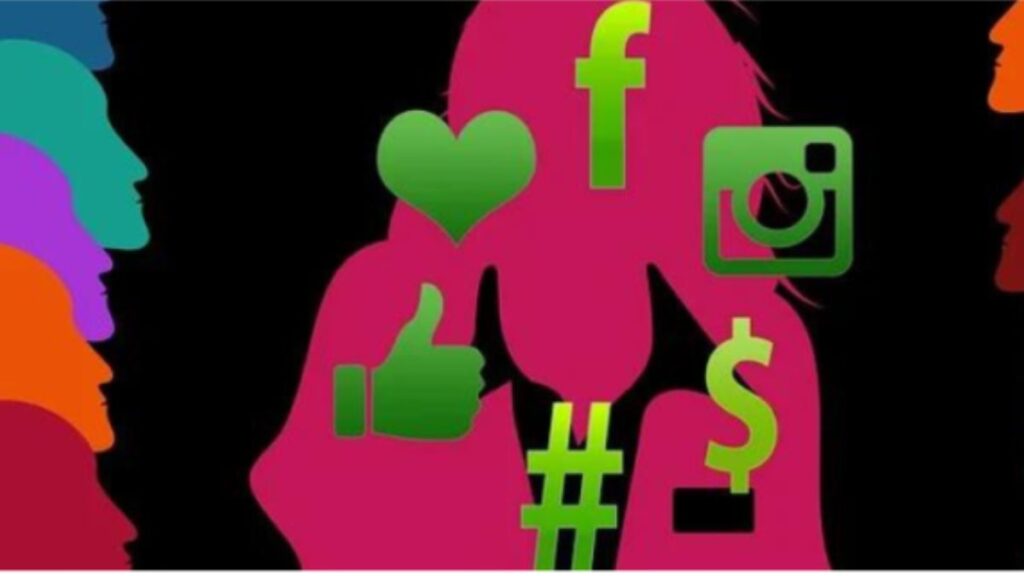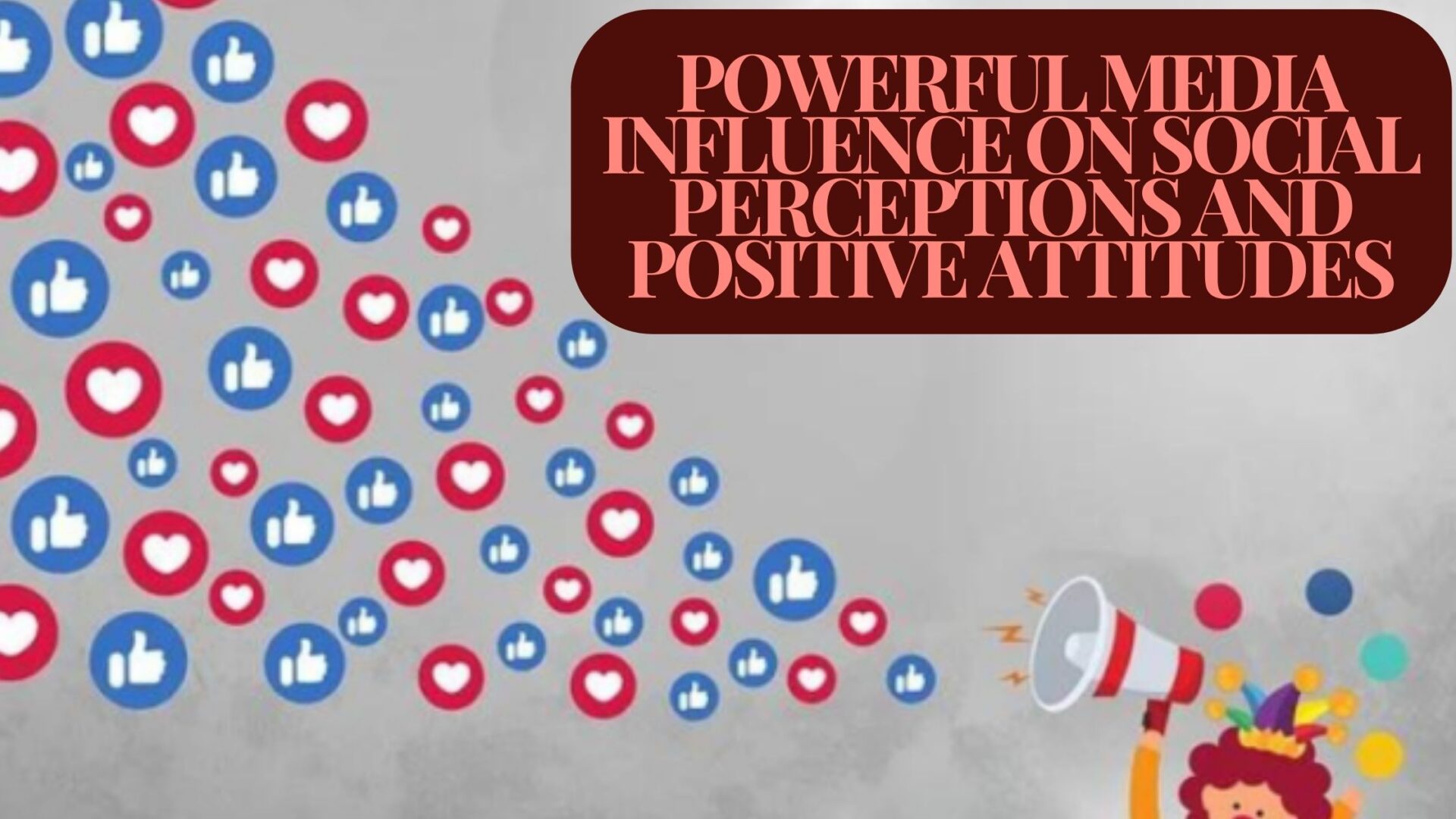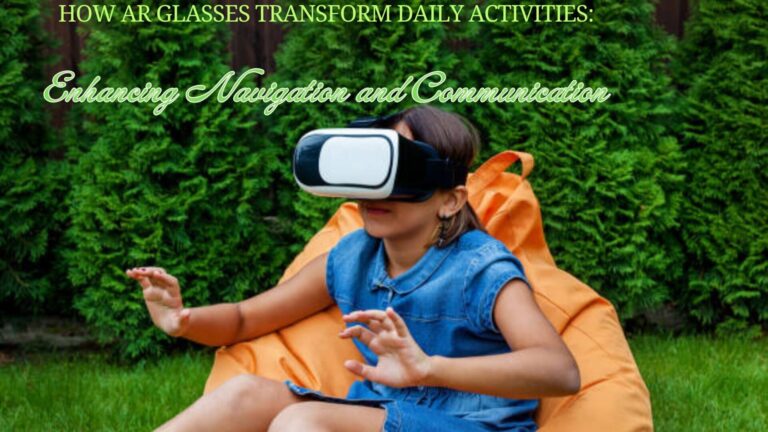Introduction:-
Media Influence on Social Perceptions and Attitudes: A Closer Look

In today’s digital age, media plays a pivotal role in shaping our understanding of the world. From television and movies to social media and news outlets, the media has the power to influence our social perceptions and attitudes significantly. This article takes a closer look at the ways in which media can impact our views, beliefs, and behaviors.
How does media influence our understanding of the world and shape our social perceptions today?
The Power of Media Representation
Media representation encompasses how different groups of people, events, and issues are portrayed in various forms of media. It includes the way individuals of different genders, ethnicities, sexual orientations, and socio-economic backgrounds are depicted. Media representation not only reflects societal norms but also has the potential to shape and reinforce them.
Gender Stereotypes
One area where media has a substantial impact is in reinforcing or challenging gender stereotypes. For decades, media has perpetuated traditional gender roles, often depicting women as passive and emotional while portraying men as strong and dominant. These stereotypes can influence how we perceive and interact with others in real life.
However, there has been a growing awareness of the need for more diverse and accurate portrayals of gender in media. Many modern television shows, movies, and advertising campaigns now feature strong, complex female characters and challenge traditional gender norms. This shift can contribute to changing societal attitudes about gender roles.
Racial and Ethnic Representations
Media can also influence our perceptions and attitudes toward different racial and ethnic groups. Historically, racial and ethnic stereotypes have been prevalent in media, perpetuating biases and prejudices. For example, African Americans have often been depicted as criminals, Asians as exotic or submissive, and indigenous people as primitive.
Addressing these issues, many filmmakers, writers, and content creators are now actively working to provide more authentic and positive portrayals of racial and ethnic diversity. These efforts aim to challenge stereotypes and promote empathy and understanding among viewers.
The Impact of News Media
News media plays a particularly crucial role in shaping our social perceptions and attitudes. People rely on news outlets to stay informed about current events and issues. However, the way news is framed, the stories that are emphasized, and the language used can influence our understanding and attitudes about a particular topic.
Agenda Setting
One way in which news media influences social perceptions is through agenda setting. This theory suggests that the media can influence what issues and topics are considered important in society by giving them more attention and coverage. For instance, if news outlets continuously cover stories about a rise in crime rates, people may develop a perception that crime is a more significant problem than it actually is.
Framing
News stories are also framed in particular ways to influence how we interpret events. The framing of a story can affect our attitudes and emotions. For example, a news story about immigration can be framed as a national security issue or as a humanitarian crisis, leading viewers to have different attitudes and responses.
Social Media and Filter Bubbles
The rise of social media has further amplified the influence of media on social perceptions and attitudes. On platforms like Facebook and Twitter, users are often exposed to content that aligns with their existing beliefs and preferences, creating what is known as a “filter bubble.” This can reinforce existing attitudes and limit exposure to diverse perspectives.
Social media also allows for the rapid spread of information and the amplification of certain narratives. This can lead to the proliferation of misinformation and the shaping of public opinion on various issues.
Advertising and Consumer Behavior
Advertising is another aspect of media that significantly impacts our attitudes and behaviors. Advertisements are designed to create desires, influence purchasing decisions, and shape our perceptions of products and brands. They often portray idealized images of beauty, success, and happiness, which can affect our self-esteem and values.
For example, the fashion industry’s promotion of thinness as an ideal body type has been linked to negative body image and eating disorders among individuals, particularly young women. Similarly, advertising that promotes materialism can influence our attitudes toward consumption and sustainability.
What approach should be adopted to avoid negative rumors being spread through social media?
To avoid negative rumors being spread through social media, it’s essential to take a proactive and comprehensive approach. Here are some strategies and steps that can be adopted:

- Education and Media Literacy:
- Promote media literacy and critical thinking skills among social media users. Teach people how to fact-check information before sharing it.
- Transparency and Authenticity:
- Encourage transparency and authenticity on social media platforms. Verified accounts and clear sources can help users distinguish credible information from rumors.
- Monitor and Identify Rumors:
- Invest in monitoring tools and algorithms to detect the spread of rumors. Quick identification can prevent them from gaining momentum.
- Promote Reliable Sources:
- Share content from reputable and verified sources. Encourage users to follow and trust authoritative news outlets and organizations.
- Fact-Checking:
- Establish fact-checking organizations or promote existing ones. Encourage users to fact-check information before sharing it.
- Reporting Mechanisms:
- Social media platforms should have easy-to-use reporting mechanisms for users to flag false information. Platforms should take action on reports swiftly.
- Algorithm Adjustments:
- Social media platforms can adjust their algorithms to deprioritize or flag content that appears to be false or misleading.
- User Responsibility:
- Educate users about their responsibility in curbing the spread of rumors. Encourage them to verify information and think critically before sharing.
- Engage Trusted Influencers:
- Collaborate with trusted influencers and celebrities to spread accurate information and discourage rumor-mongering.
- Timely and Accurate Responses:
- When a rumor does surface, respond quickly with accurate information and clarify the situation. Address the issue rather than allowing it to fester.
- Community Guidelines:
- Implement and enforce community guidelines that discourage the spread of false information and harassment on social media platforms.
- Legal Actions:
- In cases of particularly harmful rumors, consider legal actions against those responsible for starting or spreading false information.
- Government and Regulatory Involvement:
- Governments can play a role in regulating social media platforms and ensuring they take appropriate actions against the spread of false information.
- Media Literacy Programs:
- Invest in media literacy programs in schools and communities to equip individuals with the skills to critically assess information.
- Ethical Reporting:
- Encourage ethical reporting among journalists and media outlets. Promote responsible journalism practices.
- Collaboration with Tech Companies:
- Collaborate with social media platforms and tech companies to develop tools and solutions that identify and combat rumors effectively.
Combating the spread of negative rumors on social media requires a multi-faceted approach involving individuals, social media platforms, governments, and the broader society. It’s crucial to create a culture of responsible information sharing and critical thinking to address this issue effectively.
Conclusion
In today’s media-saturated world, it’s crucial to recognize the power that media wields in shaping our social perceptions and attitudes. Media representation, news coverage, social media, and advertising all contribute to our understanding of the world around us. As consumers of media, we should be critical and mindful of the messages and narratives we encounter, striving for a more diverse, equitable, and accurate representation of society. By doing so, we can actively shape and influence the media’s impact on our perceptions and attitudes, fostering a more informed and inclusive society.
FAQs
1. How does media influence social perceptions?
Media shapes social perceptions by consistently presenting particular narratives, stereotypes, and viewpoints. Through repetition and framing, media can influence how individuals perceive social issues, groups, and events.
2. What are some examples of media’s impact on social perceptions?
Examples include:
- News Coverage: How news media covers events like protests can influence public opinion on the legitimacy and importance of the causes behind those protests.
- Entertainment Media: TV shows and movies often shape perceptions of social norms, lifestyles, and cultural values.
- Social Media: Platforms like Instagram and Twitter can amplify certain voices and perspectives, shaping public discourse and trends.
3. Can media influence be positive?
Yes, media can have a positive influence by:
- Raising Awareness: Highlighting social issues such as climate change, human rights, and public health.
- Promoting Diversity: Showcasing diverse cultures, lifestyles, and viewpoints, which can foster understanding and acceptance.
- Encouraging Positive Behavior: Campaigns promoting healthy living, education, and civic engagement.
References
- Gerbner, G., & Gross, L. (1976). Living with television: The violence profile. Journal of Communication, 26(2), 172-199.
- This study introduces the concept of “cultivation theory,” which suggests that long-term exposure to media content can shape viewers’ perceptions of reality.
- McCombs, M. E., & Shaw, D. L. (1972). The agenda-setting function of mass media. Public Opinion Quarterly, 36(2), 176-187.
- This paper discusses how media doesn’t tell us what to think, but what to think about, by setting the agenda for public discourse.
- Bandura, A. (2001). Social cognitive theory of mass communication. Media Psychology, 3(3), 265-299.
- Bandura’s work explains how people learn and adopt behaviors through media by observing others, a process known as observational learning.






